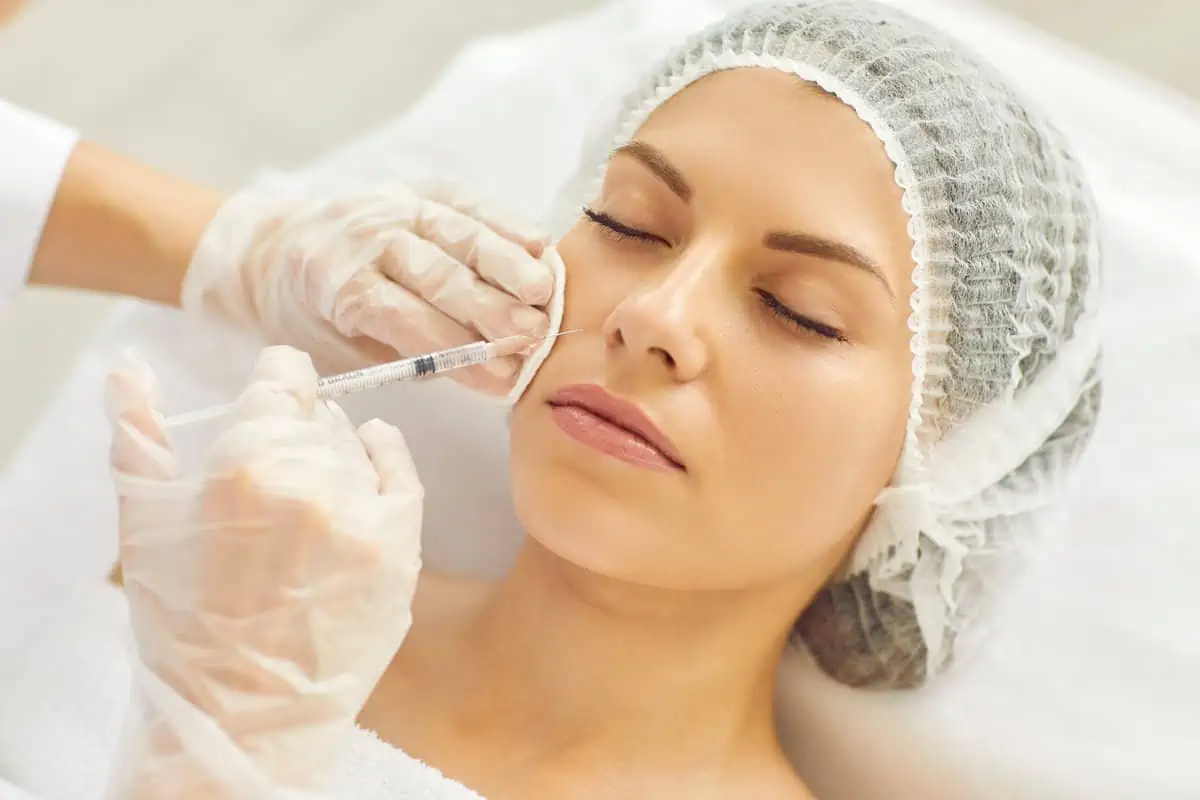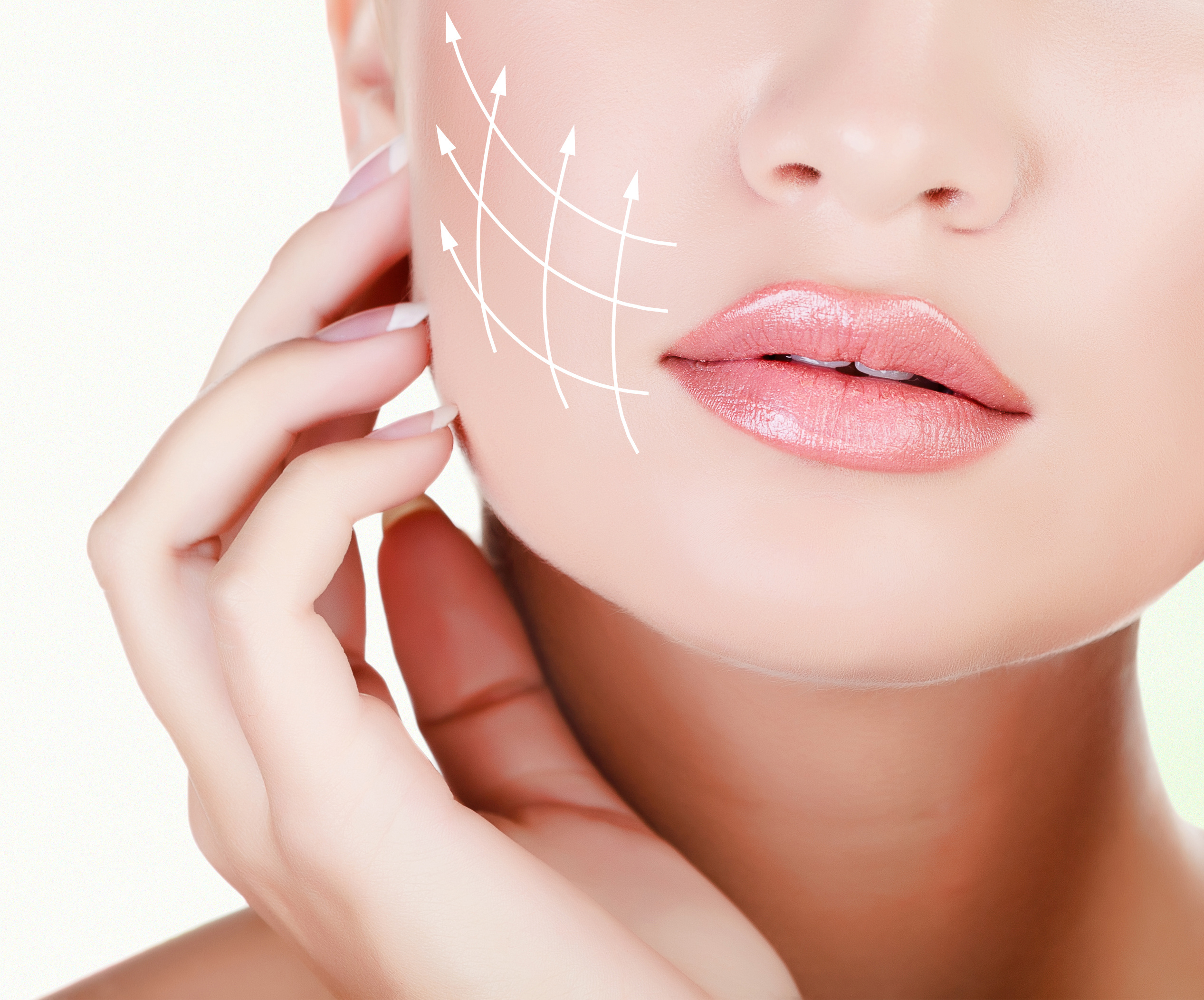
Acne scars frequently serve as poignant reminders of past skin battles, whether from teenage years or unexpected flare-ups. As many continue seeking flawless skin, chemical peels are a potential remedy. The procedure uses potent acids to slough off the skin’s outermost layers to unveil a renewed, blemish-free complexion. With an increasing number of people exploring this option, grasping the real-world outcomes of these treatments becomes imperative. Cultivate Aesthetics offers a distinctive avenue for skin wellness. This article delves into genuine experiences with chemical peels, illuminating their effectiveness, procedural details, and post-treatment results.
The Basics of Chemical Peels: Everything You Need to Know
Remember, while chemical peels offer numerous benefits, there might be better choices for some. A thorough research and expert advice are essential before undergoing any surgery.
What is a Chemical Peel?
When a chemical solution is applied to the face, the skin exfoliates and eventually peels. It reveals a newer, smoother layer underneath.
Types of Chemical Peels:
- Superficial Peels: Use mild acids like alpha-hydroxy acid. They only penetrate the skin’s outermost layer, making them suitable for minor blemishes and a fresh glow.
- Medium Peels: Utilize more vital substances like glycolic or trichloroacetic acid. These target the outer and middle layers of the skin, correcting age spots, fine lines, and moderate skin discoloration.
- Deep Peels: Contain phenol or trichloroacetic acid at more substantial concentrations. They penetrate deeper skin layers, tackling more severe wrinkles, scars, or discoloration.
What Do They Target?
Chemical peels address various skin concerns, including:
- Acne scars
- Age spots
- Wrinkles and fine lines
- Sun damage
- Hyperpigmentation
The Procedure: The process begins with cleansing the face. Next, a pre-determined chemical solution is applied. Depending on the peel type, there may be a tingling or burning sensation.
Duration and Frequency:
- Superficial peels take about 20-30 minutes and can be repeated every 2-4 weeks.
- Medium peels can be repeated every 3-9 months and usually last up to an hour.
- Deep peels are often a one-time procedure, given their intensity.
Post-Peel Care: After a chemical peel, it’s crucial to:
- Avoid direct sunlight.
- Moisturize regularly.
- Stay away from harsh skin products for a few days.
- Use a gentle cleanser.
Risks and Side Effects: While chemical peels are generally safe, potential side effects include:
- Redness
- Scarring
- Changes in skin color (lighter or darker)
- Infection
First-Time Experience with Chemical Peels: The Decision and Expectations
Embarking on the journey of a chemical peel for the first time can be both exciting and nerve-wracking. Arming yourself with knowledge and setting expectations can pave the way for a smoother, more informed experience.
Why Consider a Chemical Peel?
Many turn to chemical peels to address persistent skin issues, such as:
- Deep-seated acne scars
- Pronounced wrinkles or fine lines
- Uneven skin tone or hyperpigmentation
The Research Phase: Before diving in:
- Read testimonials and reviews from previous clients.
- View before-and-after photos.
- Understand the science behind chemical peels.
Setting Realistic Expectations Remember: Chemical peels may provide significant improvements, but they might not erase all imperfections. Deep scars or wrinkles may require multiple sessions or even a combination of treatments. Due to peeling, the skin will look worse before it looks better.
Budget Considerations: It’s essential to Understand the total cost of the procedure. Determine if follow-up treatments are needed and factor those into your budget. Ask the clinic about any available payment plans or discounts.
Mental Preparation:
- Given the transformative nature of the procedure, Brace yourself for the new appearance during the peeling phase.
- Schedule the treatment when you have some downtime, as you may prefer to stay indoors during recovery.
- Remember that any discomfort or appearance changes are temporary.
Post-Peel Timeline Expectations: Know what to expect in the days following the procedure:
- Day 1-3: Tightness, redness, or slight swelling.
- Day 4-7: Peeling or flaking, revealing new skin.
- Day 8 onwards: Gradual improvement in skin texture and appearance.
The Procedure of a Chemical Peel: A Step-by-Step Breakdown
Upon arrival at the clinic for a chemical peel, experts clean and analyze your skin before applying a specific chemical solution. Sensations like tingling may arise during the procedure. Post-application, professionals neutralize and moisturize the skin, offering guidance for aftercare and scheduling any necessary follow-up treatments.
Arrival and Prepping: Once you arrive at the clinic, the staff ensures you’re comfortable and understand the process. They’ll clean your face thoroughly to remove any makeup, dirt, or oils.
Skin Analysis (if not done previously): The skincare expert examines your skin type, sensitivity, and specific issues. This assessment helps in selecting the correct chemical solution for your needs.
Protecting Sensitive Areas: Staff will apply a light barrier, often a gel or cream, to areas like the eyes, nostrils, and lips. This step prevents these sensitive regions from exposure to the peel.
Applying the Chemical Solution: The professional applies the chemical solution evenly across your face using a brush or cotton pad. The type of solution will depend on the depth of the peel. A tingling or burning sensation is expected during this step and usually subsides within a few minutes.
Monitoring the Skin: The specialist closely watches for any adverse reactions. The skin might turn a light shade of pink or red. The chemical’s duration varies from a few minutes to longer, depending on the type of peel.
Neutralizing the Chemical: After the specified time, the expert will apply a neutralizing solution to halt the chemical’s action for certain peels. This step might only be necessary for some peels, as some are self-neutralizing.
Rinsing and Moisturizing: The specialist rinses your face with cool water to remove chemical residues. They then apply a moisturizer to hydrate and protect the fresh layer of skin.
Post-Peel Instructions: Before you leave the clinic, the skincare professional provides guidelines for the days following the peel. It often includes information on sun exposure, skincare products to use or avoid, and signs of complications.
Scheduling Follow-Up: If you’re undergoing a series of peels, the clinic will usually schedule your next appointment before you leave. Setting up a post-peel check-in is also a good idea to ensure your skin is healing as expected.
Consult a Professional
Understanding the procedure of a chemical peel in detail can help ease any apprehensions. Trusting the process and your certified registered nurse anesthetist is paramount for a successful and satisfying experience.
Takeaway
In the dynamic world of skincare, chemical peels are a potent solution for various concerns, from acne scars to aging signs. At Cultivate Aesthetics, we prioritize your skin’s health, offering treatments tailored to your needs. Experience the transformative power of our meticulously curated procedures, guided by experts committed to your skin’s rejuvenation. If you’re ready to embark on a journey towards radiant, healthier skin, don’t wait. Contact us today or book an appointment to unveil your best version. Your skin’s metamorphosis awaits at Cultivate Aesthetics.



